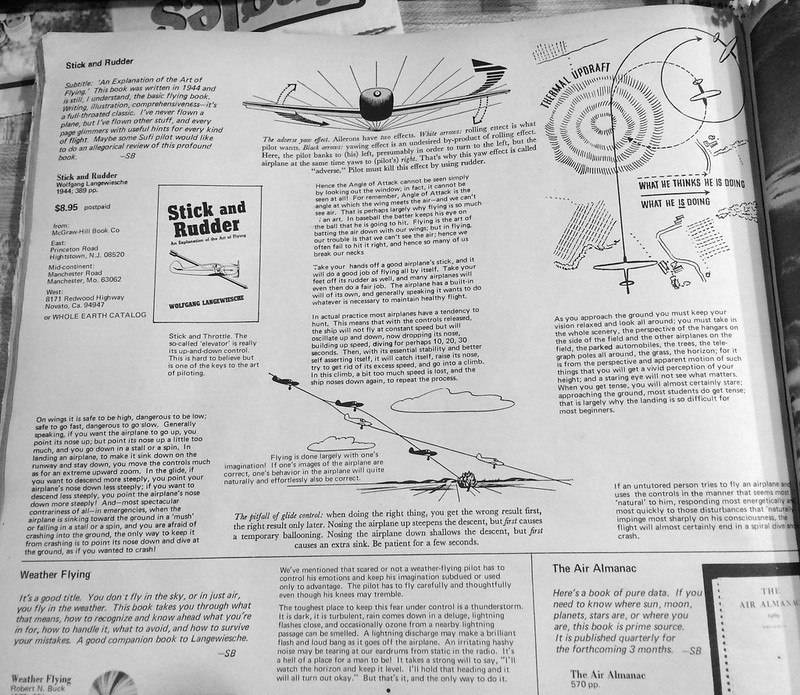manlymatt83
Filing Flight Plan
- Joined
- Jan 27, 2015
- Messages
- 28
- Display Name
Display name:
Matt
New student pilot here, all.
So I understand the theory of relative wind, and I even get the fact that a plane can stall at any airspeed, and it's really all about angle of attack. However, I also know that the relative wind can change. How long does it take to change?
For example, let's say I'm in a nose down free fall (forget the ground exists for this question) and apply back pressure. I realize that if I apply that back pressure too quickly, I will stall, because my relative wind is 100% vertical and there is downward momentum, and I'm reaching a critical angle of attack even though my nose is still pointed towards the ground. But at what point does that new direction become my relative wind, to where applying that "back pressure" allows things to even out?
So I understand the theory of relative wind, and I even get the fact that a plane can stall at any airspeed, and it's really all about angle of attack. However, I also know that the relative wind can change. How long does it take to change?
For example, let's say I'm in a nose down free fall (forget the ground exists for this question) and apply back pressure. I realize that if I apply that back pressure too quickly, I will stall, because my relative wind is 100% vertical and there is downward momentum, and I'm reaching a critical angle of attack even though my nose is still pointed towards the ground. But at what point does that new direction become my relative wind, to where applying that "back pressure" allows things to even out?


